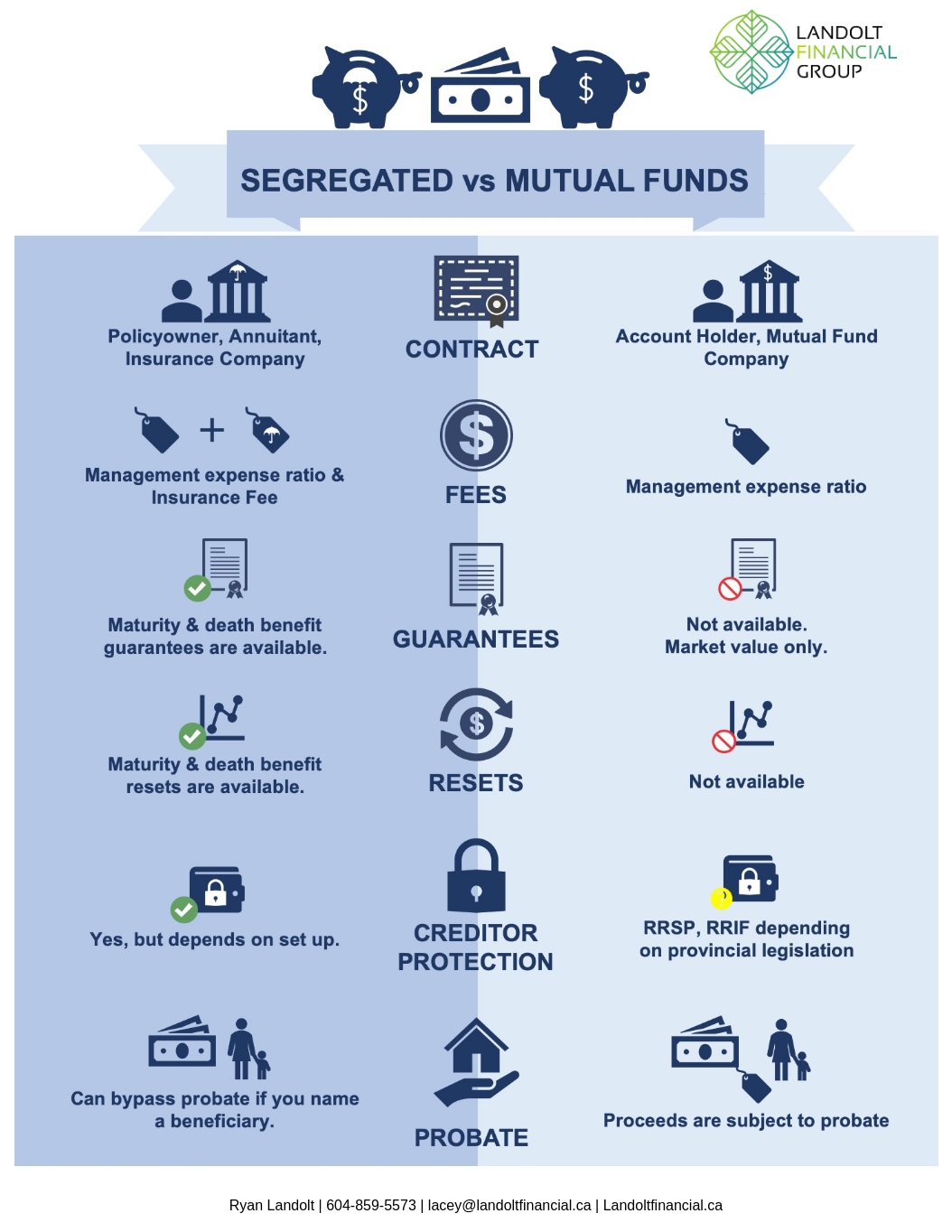Investment Planning
There are many reasons why investment planning is essential for the success of individuals and businesses. But, at its core, wealth management is about creating a financial plan that allows you to live the life you want to live and achieve your goals, whether that means saving for a down payment on a house, investing in your retirement, or creating a legacy for your loved ones.
One of the main benefits of investing is the ability to get a clear, comprehensive view of your financial situation. This includes not just your investments but also your non-registered assets, Tax-Free Savings Account (TFSA), a Registered Retirement Savings Plan (RRSP), and a Registered Education Savings Plan (RESP). By understanding your financial assets and liabilities, we can create a personalized investment strategy suitable for your risk tolerance, time horizon, and other needs.
Investment Types Explained
Tax-Free Savings Account (TFSA)
A Tax-Free Savings Account (TFSA) is a type of investment vehicle in Canada that allows you to earn tax-free investment income. You can contribute to a TFSA and withdraw from it anytime without incurring taxes on the withdrawals or the investment income earned within the account. The amount you can contribute to a TFSA is limited by an annual contribution limit. TFSAs are ideal for financial goals, such as buying a home, retirement, or paying for a child’s education. They are a flexible and tax-efficient way to save and invest.
Registered Retirement Savings Plan (RRSP)
A Registered Retirement Savings Plan (RRSP) is designed to help you save for retirement. Contributions to an RRSP are tax-deductible, which means that you can claim a tax credit for money you contribute to your RRSP. The investment income earned within an RRSP is tax-sheltered, which means that it is not taxed until it is withdrawn from the RRSP. You can contribute to an RRSP until the end of the year when you turn 71. RRSPs are an excellent choice to save for retirement and reduce their current tax burden.
When making withdrawals from an RRSP in Canada, tax rates vary based on residency and the withdrawn amount, with rates ranging from 10% (5% in Quebec) for amounts up to $5,000, 20% (10% in Quebec) for amounts over $5,000 up to including $15,000, and 30% (15% in Quebec) for amounts over $15,000; additionally, residents of Quebec will have provincial tax withheld. However, it’s essential to note that the tax withheld might not cover your actual tax liability at your tax bracket, potentially requiring you to pay more tax when reporting the withdrawal on your income tax and benefit return for the year.
Registered Education Savings Plan (RESP)
A Registered Education Savings Plan (RESP) is designed to help you save for a child’s post-secondary education. Contributions to a RESP are not tax-deductible, but the investment income earned within the RESP is tax-sheltered until it is withdrawn to pay for the beneficiary’s education. The government also provides grants through the Canada Education Savings Grant (CESG). These grants are based on the amount contributed to the RESP.
A Registered Education Savings Plan (RESP) allows individuals to have either an individual plan or a family plan, where contributions can be shared among beneficiaries, providing an excellent opportunity for long-term savings for education expenses.
Discover the exciting RESP options available to BC residents, including the exclusive 1-time $1,200 government grant!
There are a few different options available to someone if their child doesn’t end up going to school after all.
It’s important to note that government grants received in the RESP, such as the Canada Education Savings Grant (CESG) and the Canada Learning Bond (CLB), may need to be returned to the government if the funds are not used for educational purposes. Additionally, financial institutions may have specific policies regarding closing or transferring RESPs, so it’s best to consult with the RESP provider or a financial advisor to understand all available options and the potential implications of each.

Segregated vs. Mutual Funds
At Landolt Financial, we prioritize the safety and growth of investments in today’s dynamic financial landscape. We offer innovative investment solutions, and one option gaining immense popularity is Segregated Funds.
Segregated Funds combine the potential for market growth found in Mutual Funds with a unique layer of protection. Unlike Mutual Funds, Segregated Funds guarantee a minimum percentage of your initial investment upon maturity or death, providing extra security. Our dedicated team at [Your Financial Institution’s Name] can guide you through the various options available.
These funds also excel in estate planning and asset preservation. By designating a beneficiary, you can avoid probate and ensure a smooth transfer of assets to your loved ones, saving time and expenses. Additionally, Segregated Funds offer an added layer of creditor protection, making them ideal for safeguarding assets during financial hardships.
For a comprehensive comparison, we’ve prepared a chart highlighting the key differences between Mutual Funds and Segregated Funds. It covers probate, fees, beneficiary designation, creditor protection, and more.
Whether you’re an individual securing your financial future or a business owner protecting your assets, Segregated Funds offer a well-rounded solution. With various guarantee options and growth potential, you can have peace of mind, knowing your investments are shielded against market fluctuations while still having the potential for significant returns.


